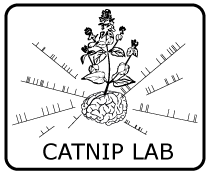A transient cortical state with sleep-like sensory responses precedes emergence from general anesthesia in humans (2018)
Laura D Lewis, Giovanni Piantoni, Robert A Peterfreund, Emad N Eskandar, Priscilla Grace Harrell, Oluwaseun Akeju, Linda S Aglio, Sydney S Cash, Emery N Brown, Eran A Mukamel, Patrick L Purdon, Saskia Haegens, Michael J Frank. eLife (2018) (eLife) (local cache)
Abstract
During awake consciousness, the brain intrinsically maintains a dynamical state in which it can coordinate complex responses to sensory input. How the brain reaches this state spontaneously is not known. General anesthesia provides a unique opportunity to examine how the human brain recovers its functional capabilities after profound unconsciousness. We used intracranial electrocorticography and scalp EEG in humans to track neural dynamics during emergence from propofol general anesthesia. We identify a distinct transient brain state that occurs immediately prior to recovery of behavioral responsiveness. This state is characterized by large, spatially distributed, slow sensory-evoked potentials that resemble the K-complexes that are hallmarks of stage two sleep. However, the ongoing spontaneous dynamics in this transitional state differ from sleep. These results identify an asymmetry in the neurophysiology of induction and emergence, as the emerging brain can enter a state with a sleep-like sensory blockade before regaining responsivity to arousing stimuli.
